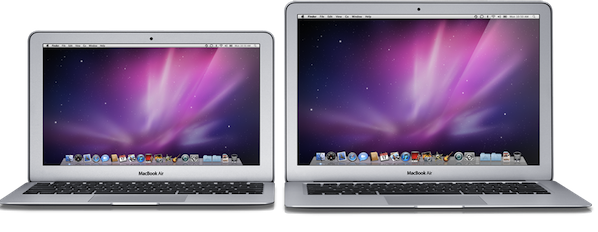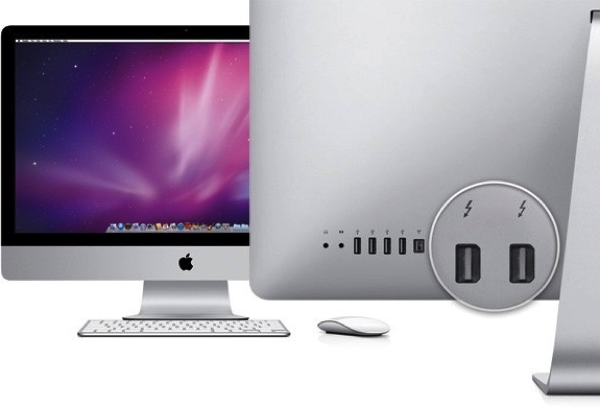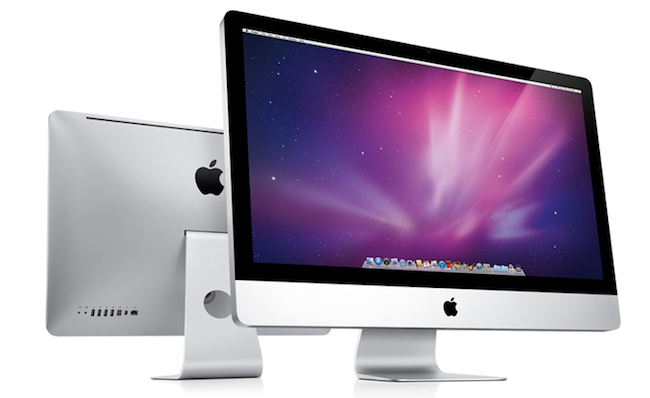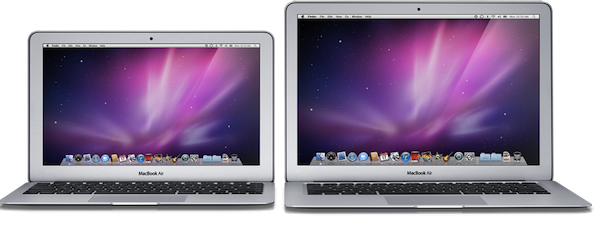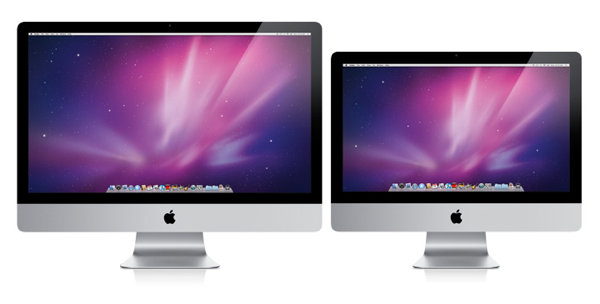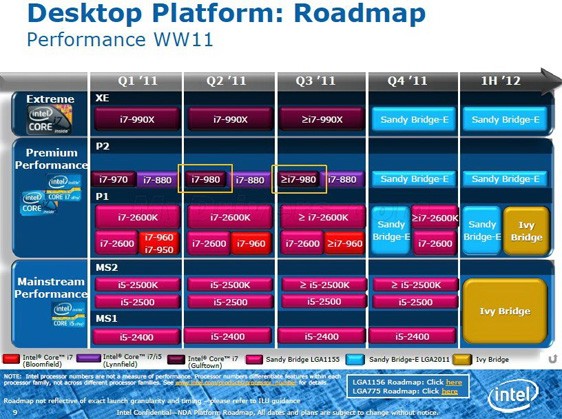Apple is trying to convince many that Thunderbolt is the next big thing when it comes to input/output technology, yet Thunderbolt-ready devices aren’t yet available to consumers who wish to utilize their new Mac’s Thunderbolt interface. Manufacturers have already announced a few Thunderbolt powered devices as seen on the NAB show floor, and at this year’s Computex, LaCie and Promise are demonstrating just how fast Thunderbolt enabled storage can be.
Promise demoed two storage systems branded as the Pegasus R4 and Pegasus R6 in four and six bay configurations respectively. These storage arrays have two Thunderbolt ports so they can be daisy chained to the same interface (up to six devices), although video output requires that the last connection be via DisplayPort. The arrays support RAID 0/1/5/6 and RAID 10, and support both 3.5” and 2.5” drives. While 6 Gbps drives are supported, only a transfer rate of 850 MB/s was noted in RAID 0 by AnandTech. With performing transfer rates at 633 MB/s in reading and 734 MB/s in writing, the Pegasus storage arrays aren’t too shabby when it comes to moving storage from your Mac to your hard drives, and speed and data-redundancy geeks can look for a late June release. Past the break, we have a quick video on Promise’s hardware demo and more on LaCie’s competitive alternative.




